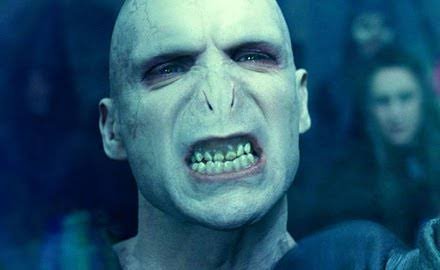Tim,
I understand what you are writing. However, can you not say that it is likely that less than optimized set up is also the issue for most or even all of Jim Smith's clients who hire him for his RoomPlay service? He does not change anything in the system except for listening seat and speaker positioning. His clients enjoy their sound more after he leaves. They don't change their taste or their gear. I am actually not sure my preferences have changed that much. I just hadn't understood how to realize them. The goal was always to make the system remind me more of my reference: live unamplified music and to more fully enjoy my music collection.
In the process, I learned to better recognize the flaws in my system and what was causing them. I have described the sound as going from more "hifi" to more "natural", but I now am uncertain if that really means that my preferences changed. I did indeed like what I had for years, but now it is different and better my goal really never changed.
I guess I have to think more about this. Your observation about the importance of set up and referring to it as a strawman in Mr. Day's comments is quite interesting to me. I have simply learned to appreciate more the vital important role of set up in a successful audio system. It is integral to the impact of the experience as Jim Smith demonstrates. David Karmeli taught me about set up also, but he also addresses the gear and accessories and their effect on the overall sound.
First, I did not refer to the importance of set-up as a strawman. The strawman comment was about the form of his argument. If his claim that 'solid-state amplification and a particular Wilson speaker did not lend themselves to musicality' was not a strawman, then at best that claim was a very weak premise, it's weakness exposed by his subsequent claim that he heard the same combination sound musical and the cause was a change in set-up. Mine is a comment, not about his conclusion (its truth value), but about how he got there (its validity.)
I assume people hire Jim Smith to adjust their speakers and perhaps their room within the confines of their equipment and room. That's what he does. And from what I hear he's good at it in terms of client satisfaction. I read several posts from you to that effect and I was happy that you found good results. My understanding also is the speaker adjustment by JS is not where your speakers are now.
In terms of preference or goal changing versus fuller enjoyment of your music collection, I am only going by my sense of your posts. And yes, thinking back, I don't recall you saying that your preference for live acoustic music changed. Your point about that is a good one and I probably wrote in haste without the same reflection you applied. The post to which you replied was about what Mr.Day said. I used you as an example. I did write: "This is a comment about Day's article, not you."
So, I don't question your saying your preferences/goals have not changed - that's not my perogative. It does seem that your approach? orientation? tactics? to achieving them did change. Your emphasis on what is important in achieving your preferences, or where your satisfaction is in terms of achieving your preferences, does seem to have changed. There's nothing wrong with that! I assume changing speaker toe-in to a straight ahead position was a relatively significant change in your room. Somewhat recently you use the term "natural" more frequently and contrast it with "hi-fi". But enough about you - you're not the topic.

In my first post in this thread (
#13) I said what I liked about the Day article and some of what I didn't like. I do not think it was all that insightful, partially because I don't really understand (and thus do not buy into) his wide window narrow window notion.
After Qvortrup, Stowkowski, his wife, his parent's console and Louis Armstrong, at the end we get, a conclusion? with stuff like this:
Yet many contemporary audio systems fail miserably at having a wide listening window, and can only accomodate a very narrow listening window of superb recordings, or risk sounding decidedly amusical on average recordings of great music.
A narrow listening window results in their owners buying the same audiophile recordings over and over again with each new remaster of the same old recording, because that's the only thing that sounds good on their stereo systems.
Yes, it's a column, not a review or an editorial. He gets to write anything he wants. And we each get to think of it what we choose. If I don't care for it that is not a reflection on your posting about it or bringing it to our attention. I did/do no see in the article what you and David see.
That's okay. Heck we've got 240+ replies, so it must be worth talking about. There's our reward.
!







